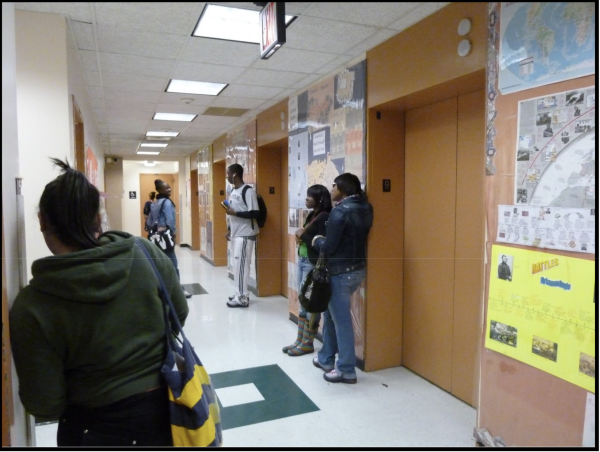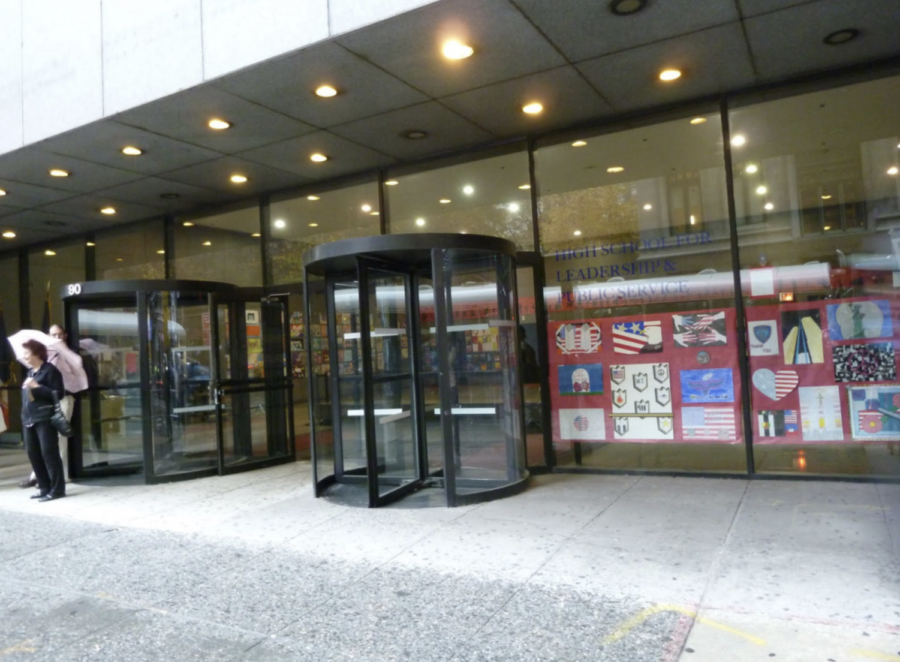Ensuring that elevators in schools are accessible at all times is essential for fostering an inclusive and equitable educational environment. This accessibility is not merely a matter of convenience but a fundamental necessity that upholds the rights and well-being of students, staff, and visitors with mobility challenges.
Legal Obligations and Compliance
The Americans with Disabilities Act (ADA) mandates that public facilities, including schools, provide equal access to individuals with disabilities. This includes the provision of accessible routes, such as elevators, to ensure that all areas of a school building are reachable. Non-compliance with ADA standards can lead to legal repercussions and, more importantly, the marginalization of students who rely on these accommodations.
Impact on Students’ Educational Experience
Inaccessible or intermittently available elevators can significantly hinder the educational experience of students with mobility impairments. For instance, a report highlighted that two-thirds of New York City’s public schools are not fully accessible to individuals with physical disabilities, limiting students’ ability to participate fully in academic and extracurricular activities. Such barriers can lead to increased tardiness, missed classes, and a sense of isolation among affected students.
Safety Concerns
Beyond daily accessibility, elevators play a crucial role during emergencies. Students or staff with mobility challenges may be unable to evacuate swiftly without functional elevators, posing serious safety risks. Ensuring that elevators are operational at all times is vital for the safety of all building occupants, particularly during unforeseen emergencies.
Some may argue that maintaining elevators continuously is cost-prohibitive or that restricted access can prevent misuse. However, the cost of ensuring accessibility is a necessary investment in upholding the rights and dignity of all students. Moreover, implementing security measures, such as monitoring systems, can address concerns about misuse without compromising accessibility.
Elevators in schools must be accessible at all times to comply with legal standards, support the educational experiences of all students, and ensure safety. By committing to continuous accessibility, educational institutions affirm their dedication to inclusivity and equal opportunity for every member of the school community.













